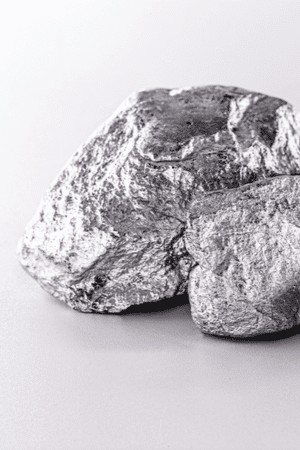Platinum, investing in precious metals
Gold or silver is the most obvious choice when investors invest in precious metals. Although you can earn a lot of money with these investments, you can also choose a different type of precious metal. Think of platinum, for example, this is an emerging investment product.
Here you can read more about the investment options of platinum. For example, what platinum is for a precious metal, what the various advantages of this product are and how you can best invest in it.
What is platinum?
Platinum was first discovered about 250 years ago, making it one of the youngest precious metals known. It is also a very rare type. More silver and gold are mined than platinum, this is simply due to the smaller number of platinum sources on earth.
Despite the fact that the supply of platinum is smaller, the demand for it is increasing. Platinum plays a major role in the world of modern science and industry. Silver and gold are precious metals that are often used in making jewelry, platinum is not. Due to the growing size of the scientific and industrial sectors, the demand for platinum is increasing.
Investing in platinum
By investing in platinum with an online broker , it is possible to take advantage of the fluctuations in the platinum price. You have the following options:
- Buy: You earn money when the price of platinum rises.
- Sell: You make money when the price of platinum drops.
From the above, you can conclude that you could make a profit with both rising and falling platinum prices. If you don’t have much investment experience, it is advisable to start with a demo account. This way, you will become familiar with investing in raw materials, without running the risk of losing money.
The Benefits of Investing in Platinum
There are several advantages to investing in platinum. The first advantage is that the demand for platinum is already very high, and is also increasing. This is due to the industrial demand for this precious metal, because the composition of platinum is suitable for many different products. Due to the combination of the high demand and the small supply, platinum gets a higher value.
The second advantage is that an investment in platinum is a safe choice. With this investment product, you not only create diversification within your investments, but you also build up a safe buffer. When your other investment products experience a period of weakness, you still have the profits from your platinum investments to absorb the blows.

The third and final advantage is that platinum is usually less expensive than gold . And this is certainly interesting, considering that platinum has just as much value as gold in terms of strategy. Are investments in gold too expensive for your wallet? Then it is certainly not a bad idea to consider whether you could invest your wealth in platinum.
The investment opportunities of platinum
If you have decided to invest (part of) your wealth in platinum, you have several options. For example, you can buy a bar or multiple bars of platinum from a reliable online store. You can often also buy gold or silver from these online stores. The biggest disadvantage of this is that you have a tangible asset, and you must therefore also have the possibility to store the bars safely.
If you don’t like the idea of owning platinum bars, you can also invest in the price changes of platinum. This can be done by investing in derivatives , or by buying shares in platinum.
Compare brokers and start investing in commodities
Are you excited about investing in commodities, such as platinum, after reading this article? Compare brokers where you can trade in commodities and find the broker that suits you best!